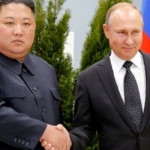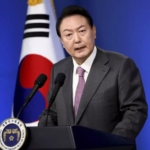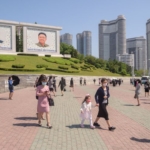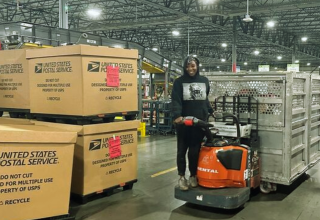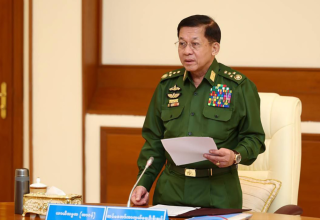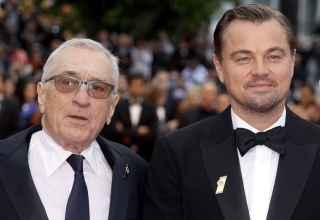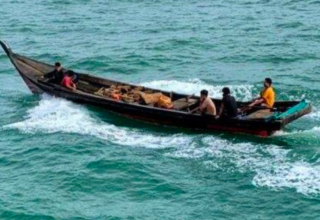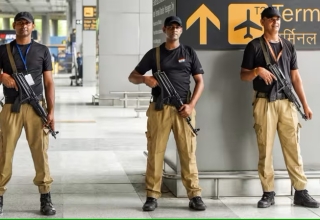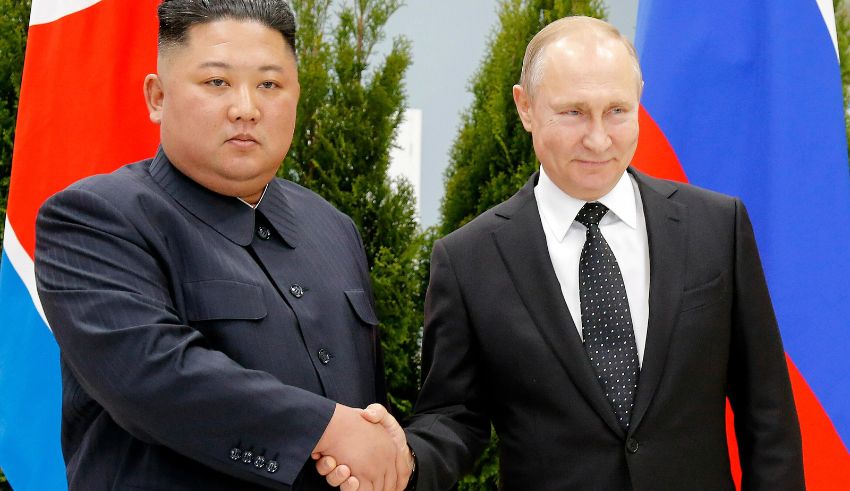
Beyond the gaze of global headlines, the world’s eyes turn to an unassuming border – the North Korea-Russia frontier. Recent satellite snapshots tell a tale of intrigue, where rails whisper secrets and cargo conceals intentions.
A sharp spike in rail activity along this enigmatic border has spurred curiosity. Analysts suggest that North Korea may be discreetly supplying munitions to Russia. Questions arise, and the shadows of clandestine exchanges deepen.
What’s the Cause of Rail Traffic?
The genesis of this suspicion traces back to North Korean leader Kim Jong-un‘s journey to Russia. A diplomatic overture? Perhaps. But his rendezvous with President Vladimir Putin and visits to classified military sites hint at more covert ambitions.
The conjecture gains weight as Beyond Parallel, an online outpost of the Washington-based Center for Strategic and International Studies think tank, releases a report. It posits that “the dramatic increase in rail traffic likely indicates North Korea’s supply of arms and munitions to Russia.”
Yet, there’s a veil of secrecy. Tarps envelope shipping crates and equipment, obscuring the cargo’s nature at the Tumangang Rail Facility on the border.
Keep Reading
A captivating visual emerges from satellite lenses. Images, as of October 5, capture “a dramatic and unprecedented level of freight railcar traffic” – an unusual 73 railcars, compared to the modest 20 seen in the past five years.
Yet, the stakes are raised further. The U.S. alleges North Korea’s supply of ammunition, artillery shells, and rockets to Russia, with echoes of Soviet-era munitions. South Korean authorities affirm that weapons provided by North Korea have already found their way into Ukraine’s tumultuous arena.
As rail tracks carry enigmatic cargo across a muted border, the world watches, captivated by a tale of intrigue and the unwavering quest to decipher the silent rails of diplomacy and secrecy.
